Rhiannon Giddens
Click  on photo to download high resolution version
on photo to download high resolution version
All rights reserved. Photos are for editorial use only.
Photos
Latest ReleaseView All
What Did The Blackbird Say to the Crow
Release date: 4.18.25
Label: Nonesuch
Press Releases View All
Photos and Highlights from Rhiannon Giddens’ First-Ever Festival: Sold-Out Biscuits & Banjos in Durham, N.C.
Read MoreRhiannon Giddens & Justin Robinson Celebrate North Carolina’s Musical Legacy on New Album What Did the Blackbird Say to the Crow, out Today on Nonesuch Records
Read MoreRhiannon Giddens Announces Livestream of Carolina Chocolate Drops Reunion Show From Her Sold-Out Biscuits & Banjos Festival April 26 In Durham, NC
Read MoreBiography View
Much of Rhiannon Giddens and Justin Robinson's work, together and separately, has been retrospective—finding new lenses with which to examine long overlooked history, while sharing it via beautiful music. With What Did the Blackbird Say to the Crow, their new album for Nonesuch Records, the duo is digging into their own personal history as much as the broader story of American roots music. Returning to rural North Carolina where their collaborations began, Giddens and Robinson sought to create what Giddens calls a "digital porch" in order to capture the kind of casual virtuosity that defined their early lessons from esteemed old-time player Joe Thompson, and to revisit the kinds of tunes that eventually helped make them two-thirds of the Carolina Chocolate Drops (in addition to virtuosic singer Dom Flemons).
"Come to our porch, sit down, have some tea, and we're just going to play some tunes," says two-time Grammy winner Giddens. "We wanted to record that feeling."
In order to create that front porch energy, Giddens and Robinson recorded the album on location across North Carolina including at the homes of Thompson and fellow roots icon Etta Baker. As a result, What Did the Blackbird Say to the Crow includes the ambient sounds of the outdoors alongside their banjos, fiddles and voices; the album is a literal "field recording" in the sense that it did actually take place in a field (or forest, or in the case of Baker, her home), but with excellent modern recording equipment.
"It really felt like we could get into the spirit of what it was like when we started," says Robinson. "We weren't trying to be too precious about any of them, just making something that felt authentic to our own experience."
The intimate recording includes eighteen tracks, many of which Robinson and Giddens learned from Thompson, a beacon of Piedmont old-time music, during the years he mentored them. "Hook and Line," for example, was the first song that Thompson himself learned. "That got him started on his own musical journey, nearly 100 years ago at this point," says Robinson. "This is certainly his version, but we didn't play that particular tune very much with him—and haven't recorded it before. It's almost like a historical document."
That passing down of tradition through song, that community-minded, historically-conscientious mode of music-making formed the bedrock of the Carolina Chocolate Drops, whose GRAMMY-winning Nonesuch debut Genuine Negro Jig was released fifteen years ago. That band’s impact is still being felt as increased awareness of the legacy of Black artists in country, roots and Americana music grows.
What Did the Blackbird Say to The Crow is also inspired by that tradition and community-minded spirit, but also a return to a time when music was not a business. Thompson, as Giddens points out, was not a career musician. He worked in a factory and played music in his community, keeping the tradition of Black string band music alive as a matter of course.
"Community music, which used to be a part of everybody's life, has now been sort of separated and turned into commercial music," Giddens says. "To be a musician now generally means operating within the economic system of capitalism, and everything goes towards that. But Joe never charged us to teach us his tunes, it was an apprenticeship. That, making music for each other and for our history, still exists. We can still do it that way."
Giddens and Robinson's roots are deep in the North Carolina soil, where they grew up—Mebane, where Thompson lived and where some songs on the album were recorded, is also where Giddens went to family reunions when she was young—and where Robinson lives today. In recreating the way that they learned this music—outside, casually, playing music that had been around many generations before them—they were seeking not a historically accurate portrait of 19th century music making, but a snapshot of their own distinctive experience. They aimed to make something concrete and real that could only have been created by these two people at this time in this place: via, for example, a rare cicada brood event that took place around the time of the recording, audible as a background hum on some of the songs.
The choice to record outdoors had other advantages, too. "The banjo likes being outside the best, I think it plays better," says Robinson. "We weren't doing it because it was like, 'Oh, this is gonna be so groundbreaking.’ It just felt like the right thing to do."
They recorded the iconic folk song "John Henry," because every time they played with Thompson, he would start by asking what they wanted to play. "It was a rhetorical question," Robinson laughs. "He would start with 'John Henry,' every single time. Now when I'm teaching, I kind of do it the same way." When they recorded in Mebane, Robinson got the chance to play one of the late Thompson's fiddles for the first time. "It really did feel like a watershed moment to be able to play that instrument," he says. "Like the torch had been passed."
The duo recorded the airy, intricate Etta Baker instrumental "Marching Jaybird" at Baker's house in Morganton, with Baker's son listening—bringing what had been a remote relationship, learning Baker's music through her recordings, back into the world of "actual human interaction" as Giddens puts it, situating that music in its own time and place.
"Some of these songs were newer to us, and some of them we've played 100,000 times," says Robinson. "But it all felt easy. We didn't want to overwork them."
Through performing music the way they learned it in the specific place they learned it, Giddens and Robinson tap into the timelessness of these songs, making them sing with fluidity and grace. For instance, Robinson uses a centuries-old, internationally-rooted style of combining a plucked string instrument with a bowed string instrument—a practice that stretches far beyond the scope of this album or even any one performance. "We are part of this ancient tradition; we are just the modern day purveyors," he says.
On What Did the Blackbird Say to the Crow, Giddens and Robinson invite listeners onto the porch, to join them in music-making of a different era and reorient themselves in traditions from our forebears' time—to hear something real, and the echoes of the past within it. "With what's going on with AI and the kind of assault on reality, we wanted to document people just playing," Giddens says. "You may not be able to be with us in person, but this record is about as close as you can get."
Online
- Official Site
- .(JavaScript must be enabled to view this email address)
Press Clippings
- New York Times – Pulitzer Prize Feature
- Variety – Album Announcement + Pulitzer News
- Pitchfork – Album Announcement
- Rolling Stone – Album Announcement
- NPR All Songs Considered
- Hollywood Reporter – Pulitzer Prize Feature
- Fast Company - Most Creative People in Business
- PBS Arts Talk (Podcast Co-Host)
- Garden & Gun – August/September Print Issue Feature
- SPIN – Album Announcement
- Stereogum – Album Announcement
- KCRW Today's Top Tune

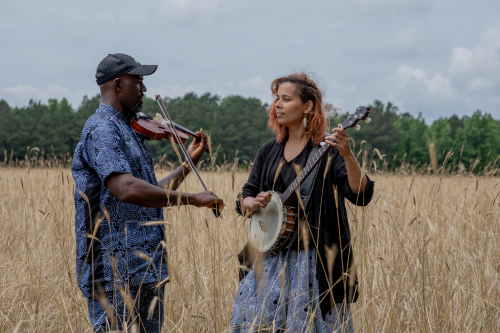
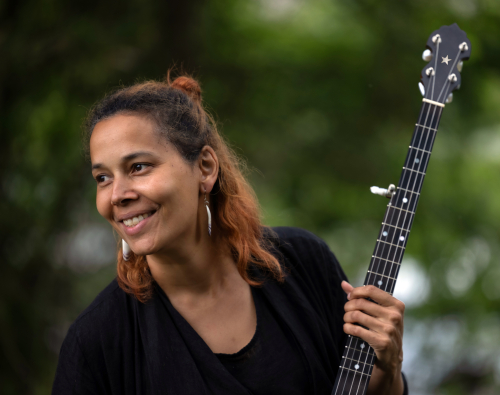
_407_500_s.jpg)
_333_500_s.jpg)


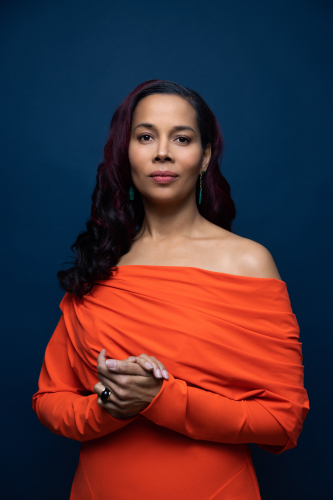
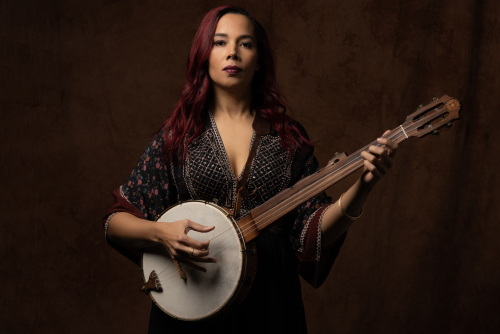
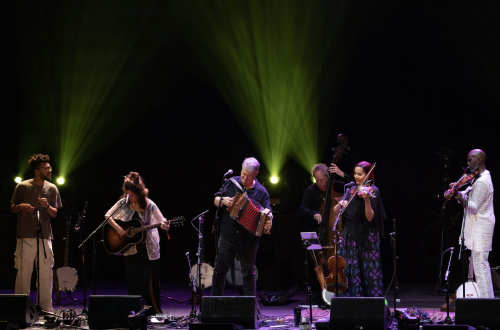
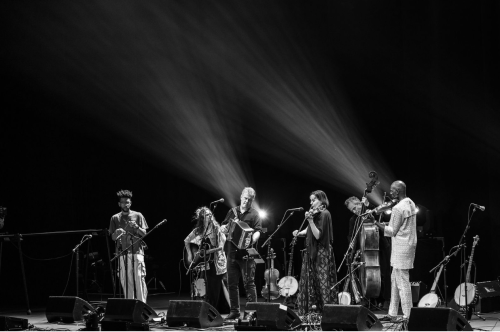
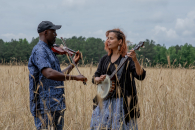
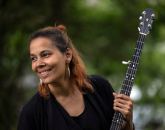
_106_130_s.jpg)
_87_130_s.jpg)



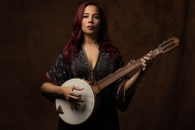
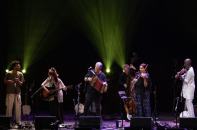
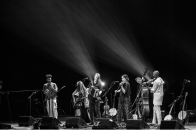
_400_400_s_c1.jpg)